Sisters' Islands Marine Park reopens: Explore coastal trail and see corals up close


SINGAPORE — After three years of rejuvenation works, the biodiversity-rich Sisters' Islands Marine Park on Monday (Oct 28) reopened to the public, beckoning visitors with lagoons to swim in, corals to see up close, and a coastal forest trail that offers panoramic views of the country's southern islands.
The jewel of the 40ha Sisters' Islands Marine Park, Big Sister's Island, is the only place in the marine park that is open to visitors. Small Sister's Island is zoned for research and conservation, while the western reefs of both St John's Island and Pulau Tekukor are submerged.
In 2021, Big Sister's Island underwent upgrading works to make it more visitor-friendly and to serve as a place for people to learn more about Singapore's marine life, which is often invisible to the city dweller.
Now, the spruced up island, located about a 30-min boat ride from the mainland, has features that allow visitors to get closer to underwater marvels.
To the right of the jetty is a new floating boardwalk that rises and falls with the tides. Visitors would not even need to get wet to see corals. They just have to look over either side of the boardwalk to see clusters of corals growing on submerged panels.
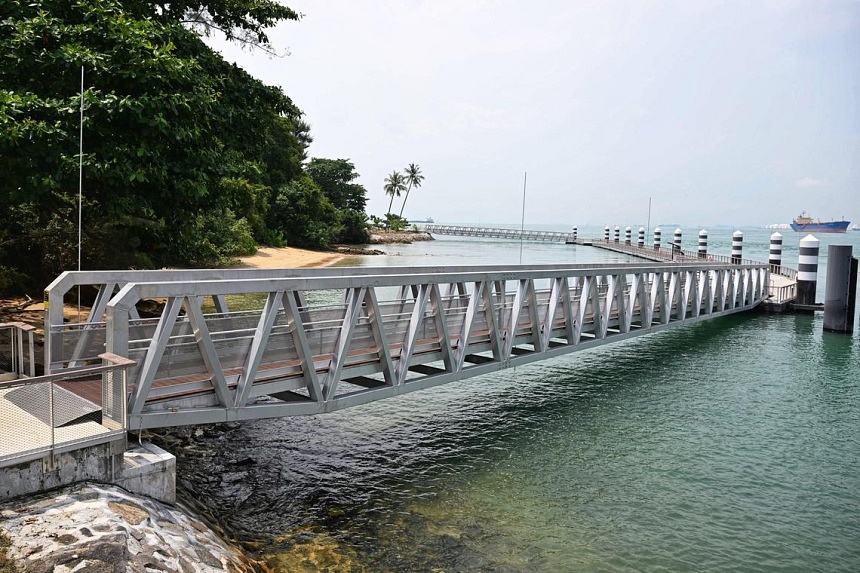
Most of the corals were transplanted to the panels that are attached to the boardwalk, while some naturally colonised.

The boardwalk also has five openings carved through it to create pools for researchers to conduct marine experiments.
At the heart of Big Sister's Island is a coastal forest. A new 230m trail runs through it, allowing visitors to take a quick hike while looking for the lesser-dog faced fruit bat and paradise tree snake that dwell in the woods.
The trail culminates in a two-storey high viewing deck where visitors can enjoy views of the marine park, as well as other nearby islands such as Pulau Semakau and Pulau Jong.
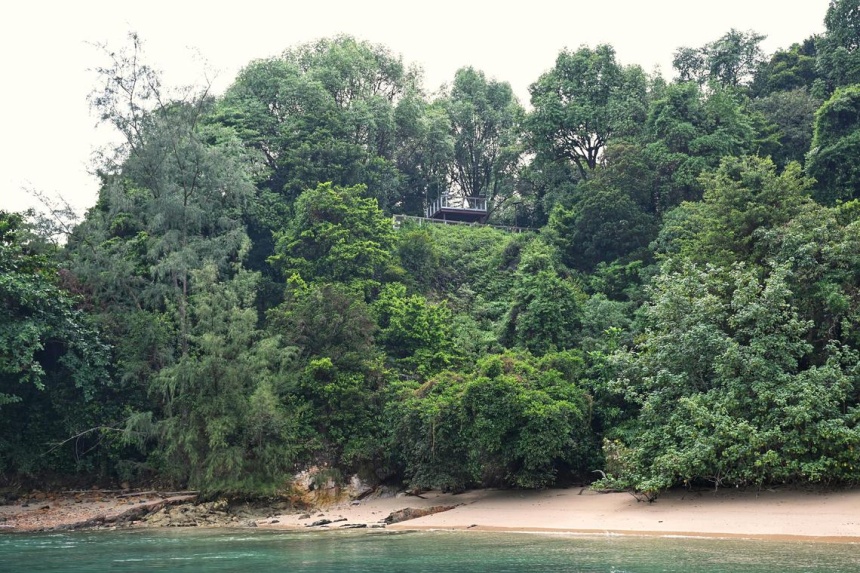
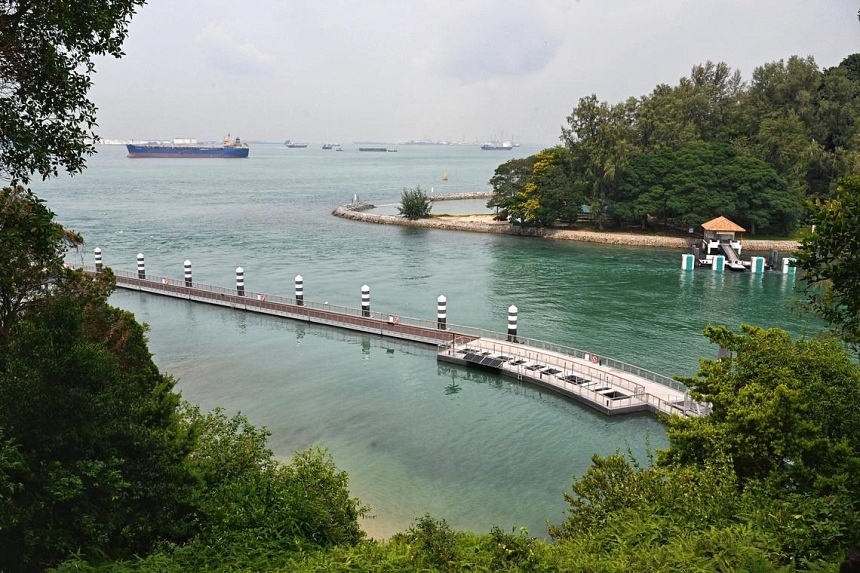
Visitors to the marine park will also catch glimpses of manmade habitats scattered across the island. They include burrows for kingfishers to nest in, wooden refuge for bats and a "bee hotel", which provides shelter for solitary bees.

Log piles from felled trees serve as shelter for insects, spiders, reptiles and small mammals.

The reopening of Big Sister's Island on Monday was attended by Minister for National Development Desmond Lee.
Big Sister's Island also has two lagoons for families and children to swim in and also go on intertidal walks on when tides are low.
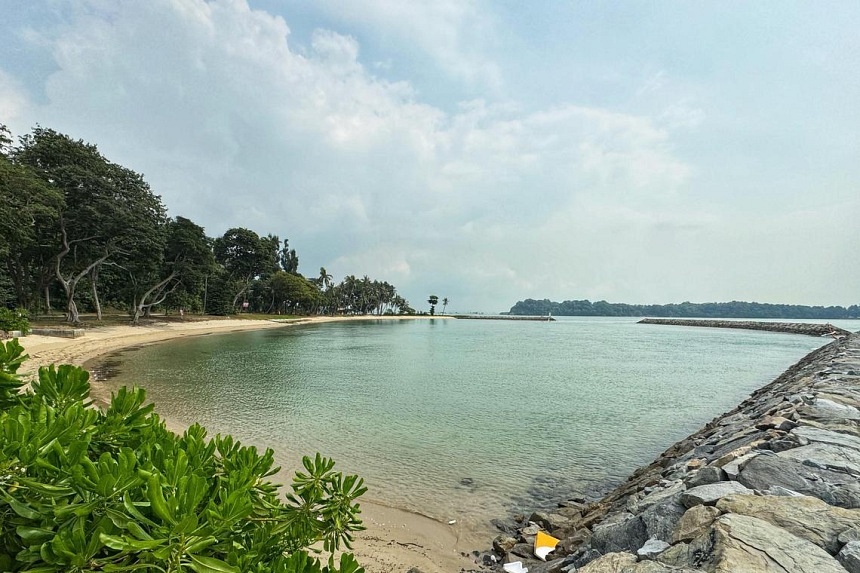
Marine creatures such as the Haddon’s carpet anemone, sea cucumbers, flower crabs, sea stars and even reef sharks — which do not pose a threat to humans — can be spotted.
The smaller lagoon on the south of the island is enclosed with a low seawall, allowing seawater to remain even during low tides. This pool allows mangrove seeds and seagrass to take root in the lagoon.
Over time, the National Parks Board (NParks) hopes that the lagoon will mature into an ecosystem that can sustain seagrass meadows, corals, mangroves and coastal trees.

The year 2024 marks a decade since the Sisters' Islands Marine Park, Singapore's first marine park, first opened.
Its islands and reefs were gazetted for protection because of its variety of habitats including intact coral reefs, sandy shores and seagrass meadows. The reef that runs alongside the entire marine park is known as Singapore's "mother reef" that seeds coral larvae in other marine habitats.
In May 2024, Lee announced plans to designate the southern part of Lazarus Island and the reef off Kusu Island as the Republic's second marine park.
In 2017, he had told Parliament that NParks will make new rules specific to marine parks in due course, such as imposing restrictions on diving, the movement of vessels, and the dropping of anchors.
Giving an update on this on Monday, Lee said Singapore's Parks and Trees Regulations will be strengthened to better regulate activity in the waters, and protect the reefs and biodiversity of the marine park. The strengthened rules will also protect the planned second marine park.
Visitors should bring plenty of water and pack some food for a day trip on the island, as there are no food outlets there.
Big Sister's Island is fully powered by solar energy, with a solar farm on site providing 19,000 kilowatt-hour of electricity a year, equivalent to the yearly electricity usage of four 4-room HDB flats.
Much of the electricity is used to run a desalination plant on the island, which converts seawater into clean water, mainly for the toilets and shower facilities. This takes away the need to have water shipped to the island from mainland Singapore.
Open to the public from 7am to 7pm each day, Big Sister's Island is accessible by ferry from St John's Island from Tuesday.
From St John's, the Singapore Island Cruise ferries will depart for Big Sister's Island at 10am, 12pm and 2pm each day. The last ferry will leave Big Sister's Island at 3pm.
Marina South Ferries will also provide transport, and visitors can also take chartered vessels from Marina South Pier.

Before Big Sister's Island was closed in 2021, the southern destination received around 800 visitors every month, said NParks.
Asked how the designation of a marine park had helped to improve biodiversity, NParks told The Straits Times that its staff have observed an increase in the fish population, with fairly frequent sightings of juvenile and adult blacktip reef sharks, which are locally endangered.
"The frequent sightings of these sharks indicate that the fish population at the marine park is in a sufficiently healthy state to be able to support a healthy reproducing population of reef predators," NParks added.
Other reef fish spotted include the butterflyfish, pufferfish, angelfish and the elusive dartfish.
Sisters' Islands Marine Park is protected under law as a public park, which means it is an offence to fish, collect corals, or moor boats within the 40ha zone without the authorities' approval.
Since 2018, there have been around 10 incidents involving members of the public who broke rules at the marine park, with most of them related to fishing, added NParks.
Singapore’s first floating boardwalk that doubles as a coral habitat and research site.
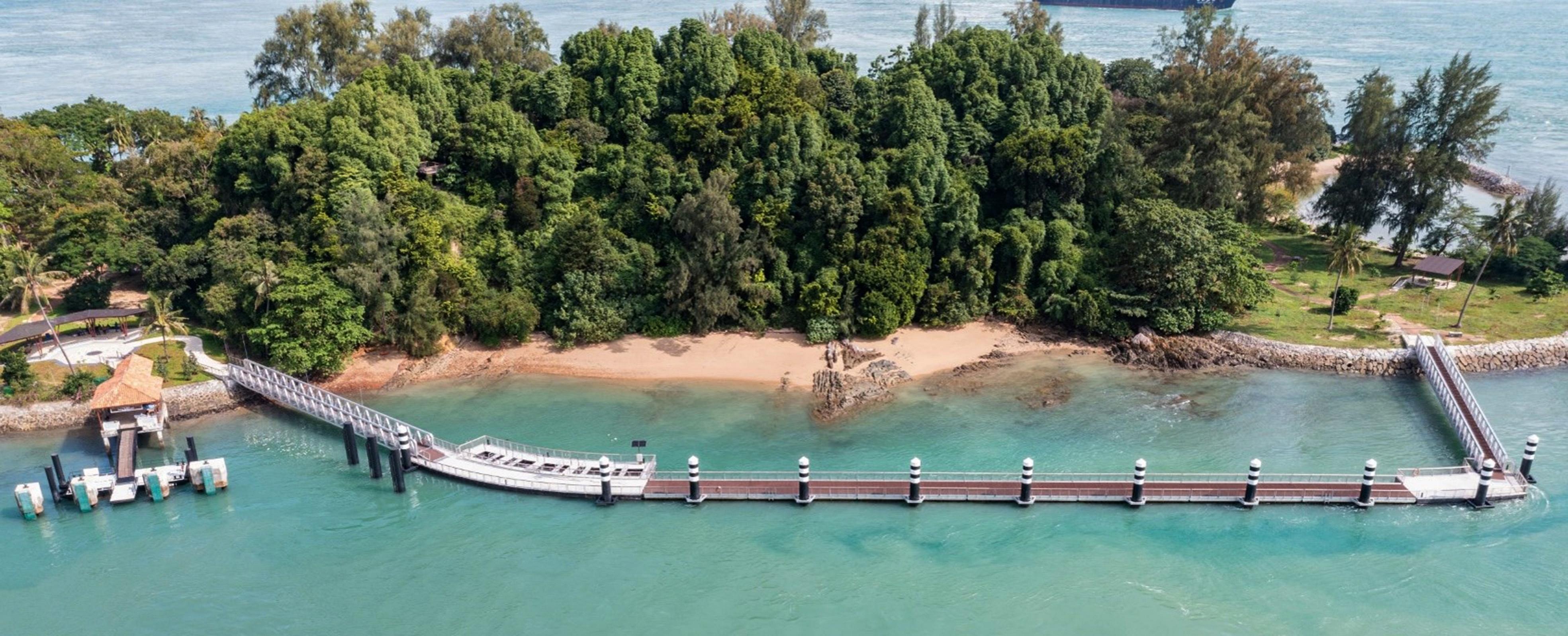
The 220m boardwalk rises and falls with the tides, allowing visitors to observe marine life such as corals and fish. It also provides a scenic view of both Sisters' Islands.

Submerged panels act as a nursery for corals to establish and grow, and five moon pools open to the sea below, so marine experiments can be carried out in a field setting.
The 230m trail winds through Big Sister's Island's coastal forest.
On the trail, visitors can observe coastal flora and fauna such as mangrove fan palm and paradise tree snake. Critically endangered coastal species such as putat laut and penaga laut were planted around the trail, as part of habitat enhancement.
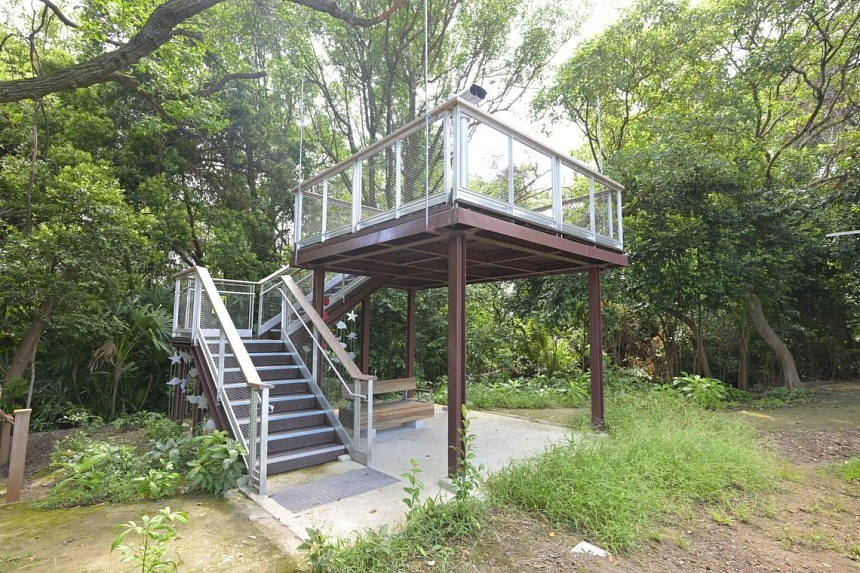
The forest trail leads to the hilltop view deck, the highest point of the island. From this two-storey-high vantage point, visitors can enjoy panoramic views of the sea and surrounding offshore islands like Pulau Jong and Pulau Semakau.
The deck also serves as a prime birdwatching spot where visitors can look out for spotted wood owls, white-bellied sea eagles and the critically endangered great-billed heron.

A low seawall built across the entrance of an existing lagoon has transformed it into a tidal pool that retains seawater during low tide.
The sheltered water allows seagrass and mangrove saplings to take root. Over time, the tidal pool will mature into an ecosystem with seagrass, corals, mangrove and coastal habitats.
On intertidal walks at low tide, visitors can observe marine life including the Haddon's carpet anemone, sandfish and flower crab. Visitors can snorkel in the tidal pool even at low tide.

The island hosts a solar farm with 88 photovoltaic, emission-free solar panels. The electricity generated by these solar panels is enough to meet the marine park's energy needs, such as lighting and running of the desalination plant.
The desalination plant uses solar energy to turn seawater into clean water, making imports from the mainland unnecessary. A water tower stores up to 8,000 litres of clean water that is distributed using gravity instead of a pump.
This article was first published in The Straits Times. Permission required for reproduction.